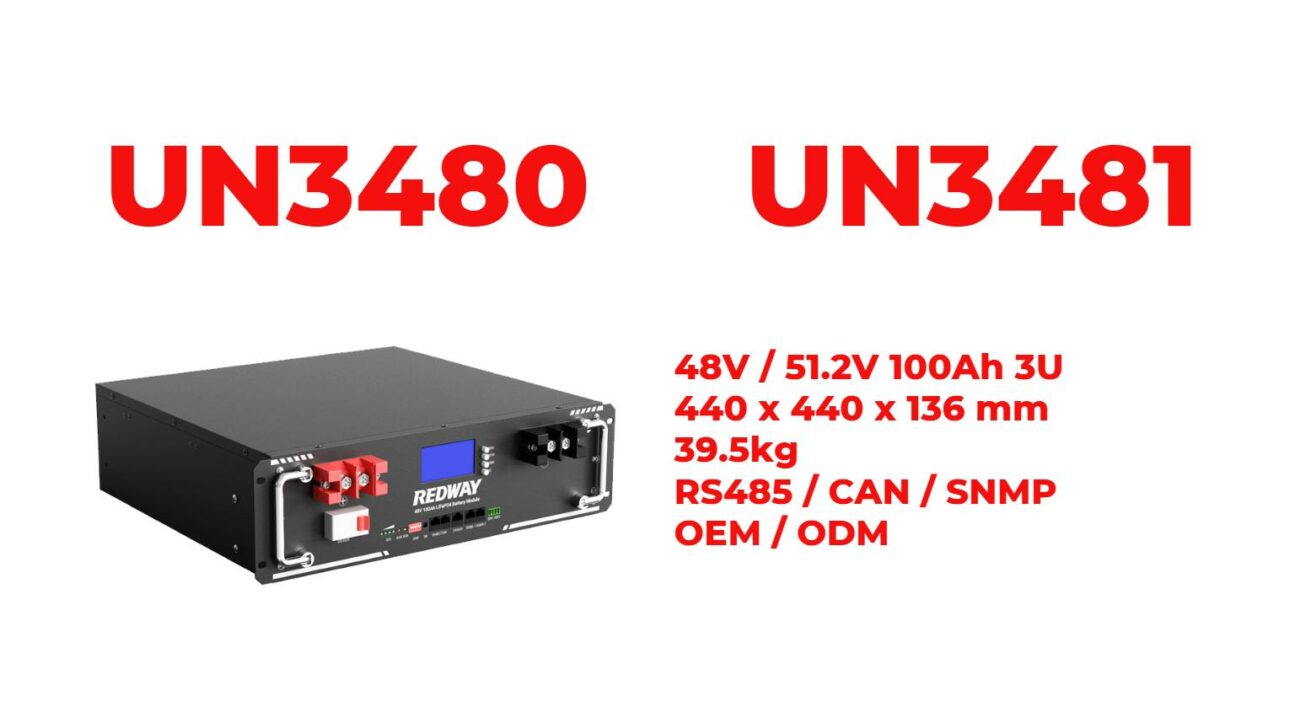Why Consider the Disadvantages of Heated Jackets?
Heated jackets provide warmth and comfort but come with several disadvantages that potential buyers should consider. These include electricity dependency, high costs, maintenance requirements, weight impacts on comfort, and limitations in versatility. Understanding these factors can help make an informed decision about whether a heated jacket is the right choice.
How Does Electricity Dependency Affect Heated Jackets?
Heated jackets rely on battery power to function, making them dependent on electricity. This can be a significant drawback for users who spend extended periods outdoors or in remote locations without access to charging facilities. If the battery runs out, the jacket loses its heating capability until recharged. This limitation can lead to discomfort in cold conditions if users are unprepared.Chart: Battery Life vs. Usage Time
| Usage Scenario | Average Battery Life | Charging Time |
|---|---|---|
| Casual Outdoor Use | 6 hours | 3 hours |
| Extended Outdoor Work | 3 hours | 3 hours |
| Hiking | 4 hours | 3 hours |
What Are the Financial Implications of Heated Jackets?
The initial cost of heated jackets is generally higher than that of traditional winter jackets due to the advanced heating technology involved. While they may offer long-term savings through durability and effectiveness, the upfront investment can be a barrier for many consumers. Additionally, replacement batteries and maintenance costs can add to the overall expense.Chart: Cost Comparison
| Item | Average Cost |
|---|---|
| Traditional Jacket | $100 |
| Heated Jacket | $250 |
| Replacement Battery | $50 |
Why Is Maintenance Important for Heated Jackets?
Heated jackets require specific care to ensure their longevity and functionality. This includes following manufacturer guidelines for washing, storage, and battery care. Neglecting maintenance can lead to malfunctions or damage to the heating elements, potentially rendering the jacket ineffective.
How Does Weight Impact Comfort in Heated Jackets?
The inclusion of batteries in heated jackets can increase their weight, which may compromise comfort during prolonged wear. Heavier jackets can lead to fatigue or discomfort, especially if they are not designed with ergonomic considerations. Users must weigh the benefits of warmth against potential discomfort due to added weight.
What Are the Limitations in Versatility of Heated Jackets?
Heated jackets are primarily designed for cold weather use and may not perform well in humid or wet conditions due to their electrical components. Additionally, they are less versatile compared to standard jackets that can be used in various settings without reliance on power sources. This limitation may restrict their use for outdoor activities beyond cold weather scenarios.
Industrial News
Recent advancements in heated clothing technology have sparked discussions about their practicality and safety. Manufacturers are focusing on enhancing battery life and reducing weight while improving heating efficiency. The market is seeing innovations such as flexible heating elements that conform better to body shapes, making heated jackets more comfortable for users. However, concerns regarding electrical safety and maintenance remain prevalent as consumers seek reliable options for outdoor activities.
Expert Views
“While heated jackets offer unparalleled warmth in cold conditions, potential buyers must consider their specific needs,” says Dr. Emily Carter, an outdoor gear expert. “Understanding the limitations related to battery dependence and maintenance can help users make informed decisions about their investments.”

